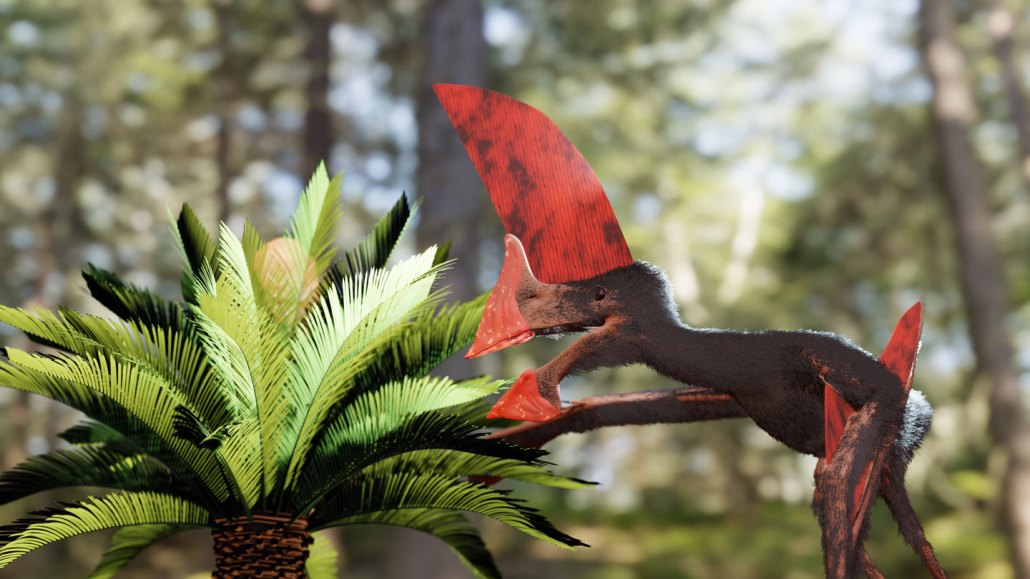This big-headed pterosaur may have preferred walking over flying
A long neck and an oversize noggin mostly grounded one ancient reptile, fossil suggests

This reconstruction shows Tupandactylus navigans, a type of pterosaur with a large crest on the top of its head. The ancient reptile had a long neck, which combined with its oversize head, could have made sustained flying difficult.
V. Beccari